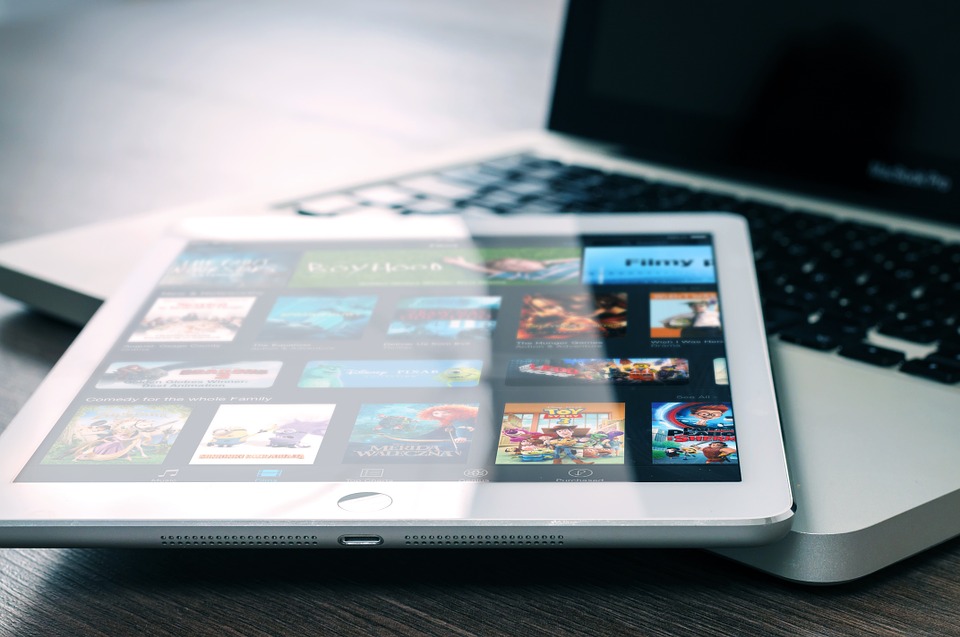High-tech Heaven
Hello, my beloved readers!
Welcome back to my blog. How’s life?
Hopefully all of you feel good and feel blessed.
Today I want to share about: ‘Technology for Education’

Every people must know about technology and user it know. Do
you know, what is Technology? According to Wikipedia, Technology is the sum of techniques, skills, methods,
and processes used in the
production of goods or services or in the accomplishment of objectives, such as scientific
investigation. Technology can be the knowledge of techniques, processes, and the like, or it can be
embedded in machines to
allow for operation without detailed knowledge of their workings. Systems (e.g. machines) applying technology by taking an input, changing it according to the system's use, and then
producing an outcome are
referred to as technology
systems or technological
systems.

Education is one of many complex living systems that
function to support particular human needs (cf. Wheatley, 1999). Such systems
are by their nature unpredictable but can be understood in terms of principles
that define human needs, cognitive and motivational processes, development and
individual differences. The research- validated Learner Centered Psychological
Principles (APA, 1993, 1997) provide a knowledge base for understanding
learning and motivation as natural processes that occur when the conditions and
context of learning are supportive of individual learner needs, capacities,
experiences, and interests. Attention to this knowledge base about learners and
learning is central to defining the personal domain of educational systems.
This domain focuses on the human processes and on personal and interpersonal
relationships, beliefs, and perceptions that are affected by and/or supported
by the educational system as a whole. The foundation of the research-validated
learner-centered principles is essential to designing technology-supported
practices that attend holistically and systemically to the needs of all learners.
According
to Wikipedia, Educational technology is
the combined use of computer hardware, software, and educational theory and
practice to facilitate learning. Educational technology creates, uses, and manages
technological processes and educational resources to help improve user academic
performance. The field has
been described as a persisting initiative that seeks to bring learners,
teacher, and technical means together in an effective way. How technology can deliver education. In schools around the world, computers, tablets, smart
whiteboards and other technological devices are
being used as part of the learning process. Technology provides a
window to the world and access to thousands of learning resources.
Applications of Technology to Support Learners and Learning
As suggested in the learner-centered framework,' learners must be supported in
their diverse needs and capacities. When educators and instructional designers
understand these factors, the focus is on maximizing natural learning and
motivation with instruction that
is meaningful and relevant from the individual learner's
perspective,
provides appropriate learning challenges and standards,
accommodates needs to be supported in critical thinking and
learning skills,
attends to the
climate and context in which learning occurs,
honors individual needs for choice and control, that
provides for emotional safety,
supports individual interests and creativity,
provides positive social interactions and interpersonal
relationships, and
adapts to a variety of individual differences.
It will be one centered on understanding how technology can
contribute to individual growth and development against personalized learning
goals that derive from shared visions for learning in the larger learning
community and society. Assessment methodologies will be those that support
non-linear learning and match natural learning and motivation processes that
occur in life. Rather than assessing the benefits of technology, the focus of
technology assessment will be to explore how to enhance those benefits by
matching them to learner needs combined with information on how learning best
occurs.
References:
McCombs, B. L. (2000). Assessing the Role of Educational Technology in the Teaching and Learning Process: A Learner-Centered Perspective.

Comments
Post a Comment